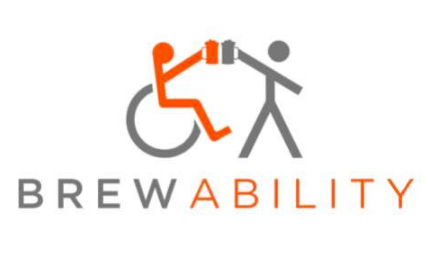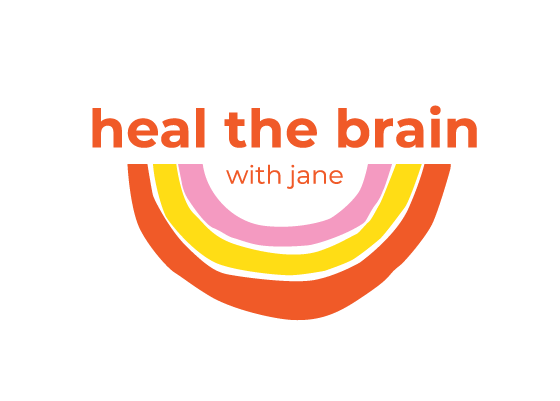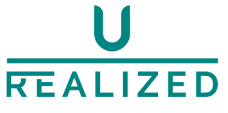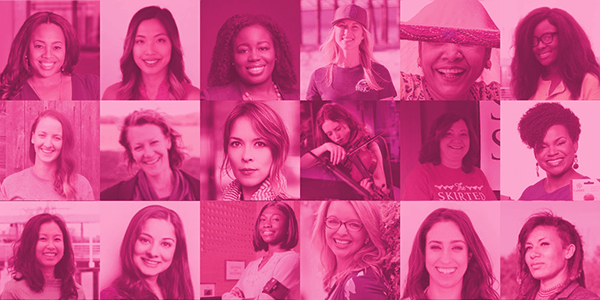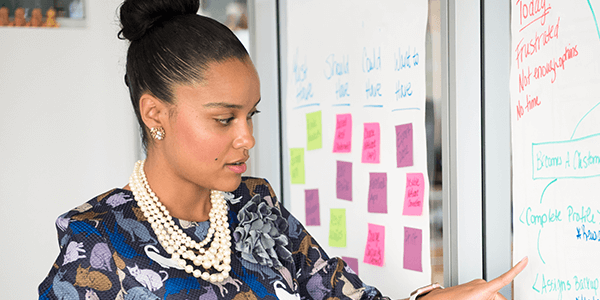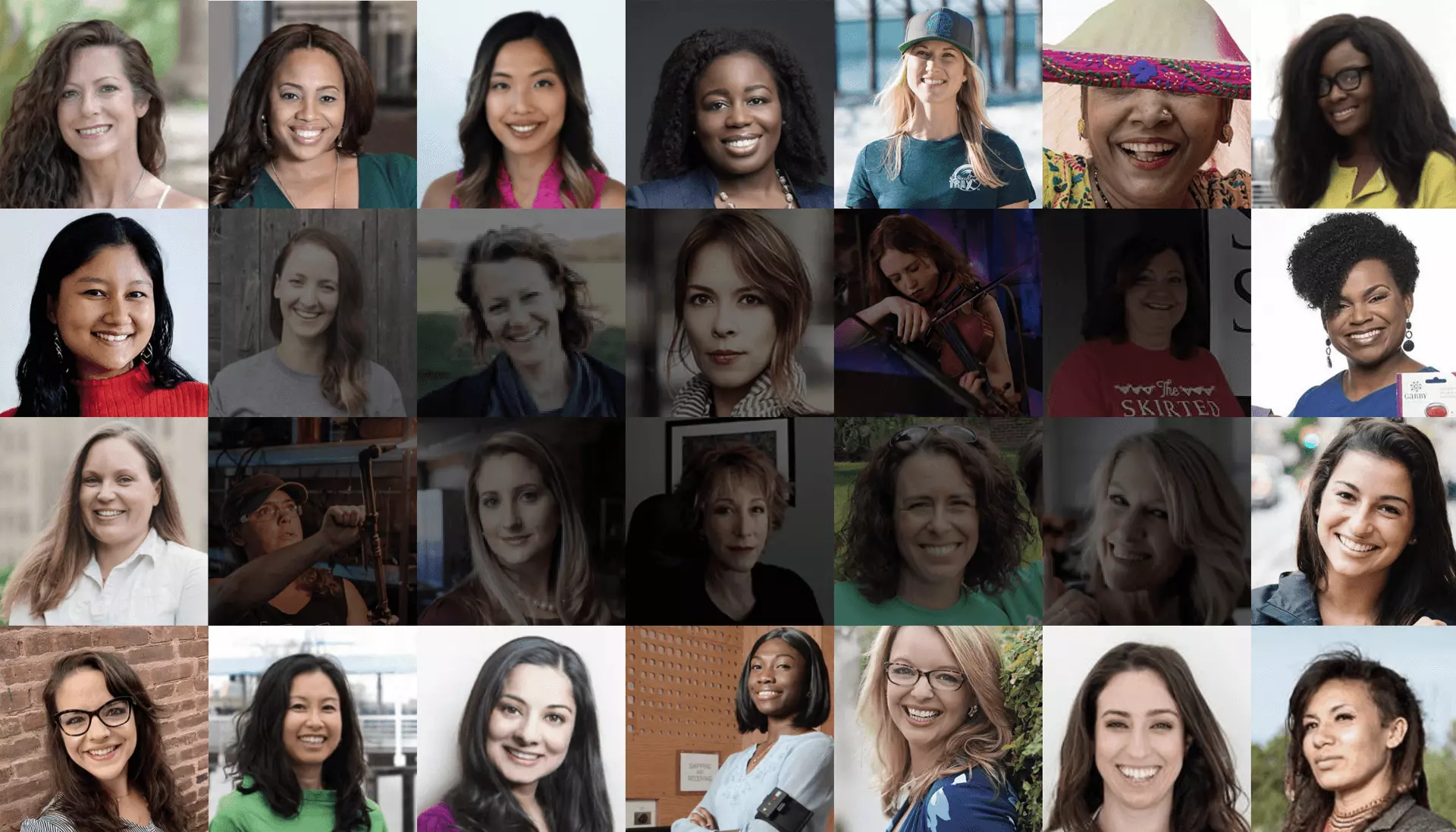Female entrepreneurship has been hot for decades. There are currently more than 12.3 million women-owned businesses in the US, reports Fundera, and that number climbed by 1,821 every day in 2019. Currently, 40% of all US businesses are now owned by women.
However, women-owned ventures lag on a number of fronts, including financing and revenue size. Only 25% of women-owned companies seek financing, according to Fundera, and when they do, they receive less money than men; men borrow an average of $43,000, while women borrow $38,000. Although we don’t know why there is a difference, it may be due to an inability to qualify for more funding or a level of discomfort in applying for more.
For some women, the decision to put boundaries around their company’s size and growth potential is a conscious choice.
Creating a Lifestyle Business
Many women entrepreneurs choose to limit the growth of their companies, building businesses that fit their desired pace and way of life rather than aiming to create a business empire. They are often service-based companies that depend on the skills and abilities of the owner and which are operated around the owner’s schedule.
Referred to as “lifestyle” businesses, these companies are frequently started by women who are caring for children or other family members, or who have other roles or conditions that make it more difficult to hold a full-time job. Some are differently able and find it more comfortable to work out of a home office, rather than traveling to a facility. Some are going to school and having to work in between classes. Others may find that they can earn more part-time working for themselves, and prefer it.
Although the “lifestyle” name subtly implies that these types of businesses are less desirable than a business that is scalable– because lifestyle businesses aren’t structured for aggressive growth—there is nothing wrong with a lifestyle enterprise.
Typical lifestyle businesses include graphic design firms, law firms, consulting firms, hair stylists, personal shoppers, housecleaners, tailors, delivery services, and caterers, just to name a few.
Lifestyle businesses can generate tens or even hundreds of thousands of dollars for the owner, who doesn’t have to assume responsibility for managing employees. Some entrepreneurs tap into the skills of other independent workers on an as-needed basis to expand their capacity, but either way, the earning potential is certainly there.
Just because a business does not employ hundreds of workers and have locations statewide or globally does mean that the business is less desirable or less profitable.
“It is absolutely possible to run a highly profitable lifestyle business,” says Ed Gandia, business-building coach and host of the “High-Income Business Writing” podcast. With lifestyle businesses, “it’s all about finding ways to earn more in less time,” Gandia says. “You have only so much work capacity every week, so you need to ask yourself, ‘How can I maximize the value out of each one of those hours?’”
Gandia describes a “Freedom Triad” that consists of three potential ways of generating more revenue without significantly increasing your workload. They are: 1) Attracting higher value work, 2) Completing the work more efficiently, and 3) Structuring work so that it becomes recurring.
“These are all the things that enable you to really run an extremely profitable lifestyle business,” says Gandia.
The biggest downside, or disadvantage, of such businesses is that its growth is limited to your capacity. “There is still a ceiling,” he says, because there are only so many hours in a day and only so many hours you, personally, can work consistently.
The alternative is to build a business that is not as dependent on you and which can operate independently. We’re calling that type of business a “sellable asset.”
Building a Sellable Asset
The obvious advantage of a sellable asset is that at some point, there is the potential for you to sell it to someone else and walk away with money in your bank account. To do that, however, you need to structure the operation such that you’re not an essential participant, as you are with a lifestyle business.
Sellable assets generally have employees, which provide additional capacity and capability. They often involve equipment and processes that allow your business to run even when you’re not there. Typically, they are operated from space outside your home.
A venture that can continue to operate without your daily involvement has the potential to become a sellable asset.
Sellable assets often include businesses such as retail stores, beauty salons, advertising agencies, restaurants, construction firms, magazine publishers, and financial planning firms.
Achieving Financial Success Through a Lifestyle Business
Although many entrepreneurs believe that they need to establish large operations in order to “make it big” financially, that’s not the only way.
Gandia points out that professional athletes are the epitome of lifestyle business owners. They are their own personal brand and, as such, are unable to outsource any aspect of their performance. They also know that at some point in the future, their bodies will no longer perform at the same level and they’ll be forced to find another career.
What smart athletes do is plan ahead for that time when they can no longer play professionally. They diversify their portfolios from the outset, meaning they invest in businesses beyond professional sports.
Lifestyle business owners can take the same exact approach, taking a portion of their profits and investing in other income-generating assets. That might include the stock market, or real estate, or other businesses.
Gandia cites Shaquille O’Neal as a perfect example of how to leverage your lifestyle business to build wealth.
Worth an estimated $400 million today, O’Neal earned millions as a professional basketball player, saving and investing 75% of his income, CNBC reports. He then took that money and bought car washes, he bought Krispy Kreme franchises, Auntie Anne franchises, as well as others. He diversified into acting and TV appearances as a sports analyst. He constantly adds new income streams whenever he can.
O’Neal didn’t let the fact that he was running a lifestyle business impede his growth and his wealth. He simply took a portion of his business’ earnings and regularly invested in other industries, effectively diversifying his portfolio. He did what he loved, and what he excelled at, worked to be the best that he could, and then took the majority of the money his lifestyle business generated and invested it in other industries.
You can certainly do the same. Ignore the naysayers who suggest that a lifestyle business can’t help you build wealth.


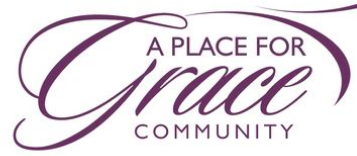

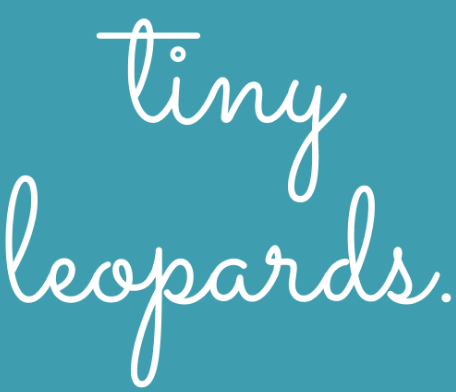




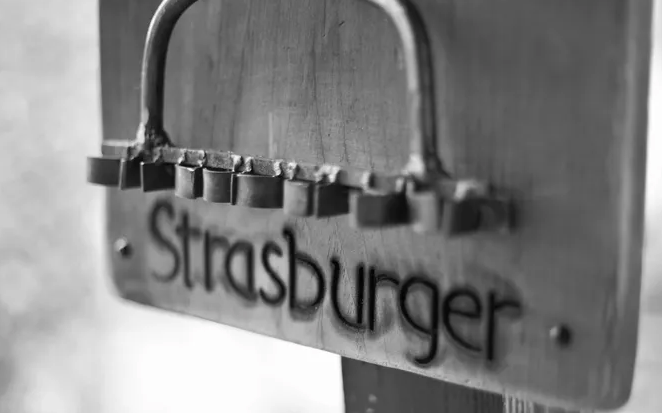

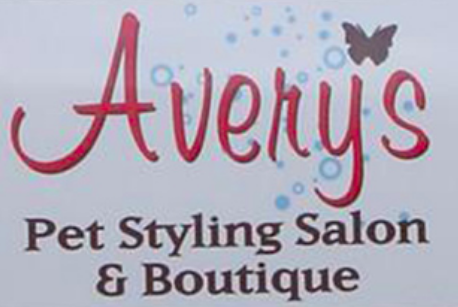 Avery’s Pet Styling Salon and Boutique logo” width=”325″ height=”218″ />
Avery’s Pet Styling Salon and Boutique logo” width=”325″ height=”218″ />


